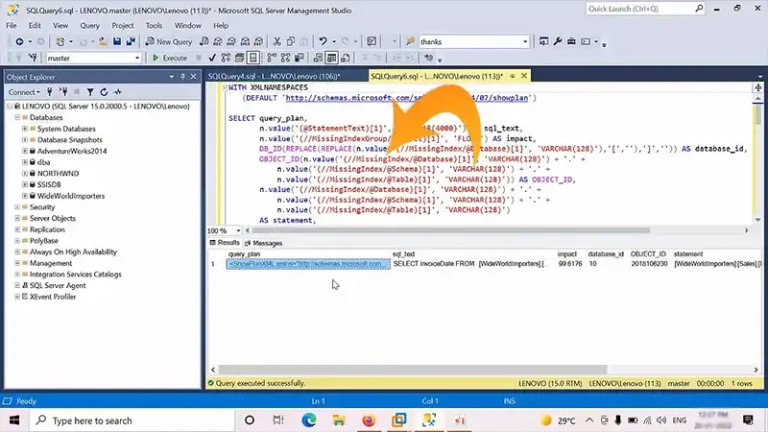Difference Between ISNull() and COALESCE () Function SQL Server | Comparison Guide
Handling null values is an important aspect of writing robust SQL queries. SQL Server provides two handy functions – ISNULL() and COALESCE() – that allow substituting default values for nulls. In this comprehensive guide, we will talk about ISNULL() and COALESCE(), explaining their syntax and key differences. We will also look at examples to understand…










